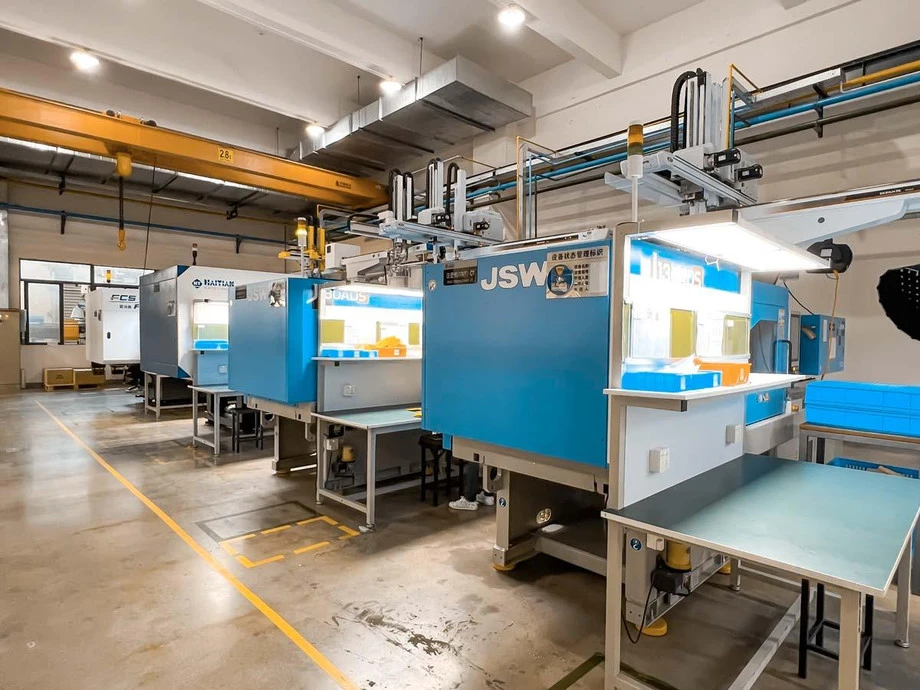Injection molding is a manufacturing process used to produce plastic parts by injecting molten plastic into a mold. It is a highly efficient and versatile method for producing a wide range of plastic products used in various industries, from automotive and aerospace to healthcare and consumer goods. In this article, we will explore the basics of injection molding, its advantages, and its applications.
Basics of Injection Molding
The injection molding process starts with the design of a mold that will shape the final product. The mold is usually made of steel or aluminum and consists of two halves that are fastened together. The design of the mold must take into account the material to be used, the shape and size of the part, and the intended function of the product.
Once the mold is ready, the plastic material is fed into an injection molding machine. The machine heats the material until it becomes a molten liquid, and then injects it into the mold. The plastic cools and solidifies inside the mold, taking on its shape. Once the part is fully formed, the mold is opened, and the finished product is ejected.
Advantages of Injection Molding
Injection molding offers several advantages over other manufacturing processes. Firstly, it is a highly efficient method for producing large quantities of parts with high precision and accuracy. The consistency of the process allows for the production of identical parts, which is essential for applications where product quality and reliability are critical.
Secondly, injection molding is a versatile process that can be used to produce parts of various shapes, sizes, and complexities. The design of the mold can be customized to create intricate shapes and features that would be difficult or impossible to achieve with other manufacturing methods.
Thirdly, injection molding is a cost-effective process for large production runs. The initial investment in creating the mold can be expensive, but the cost per part decreases as the production volume increases. This makes injection molding a practical choice for industries that require high-volume production of plastic parts.
Applications of Injection Molding
Injection molding has numerous applications across a wide range of industries. Some of the most common applications include:
Automotive: Injection molding is used to produce a variety of automotive components, such as dashboards, bumpers, and interior trims.
Medical: Injection molding is used to produce medical devices, such as syringes, inhalers, and implantable devices.
Packaging: Injection molding is used to produce packaging materials, such as bottle caps, containers, and lids.
Consumer Goods: Injection molding is used to produce a range of consumer goods, such as toys, kitchen appliances, and electronic devices.
Aerospace: Injection molding is used to produce components for the aerospace industry, such as cockpit instruments, seating components, and cabin interiors.
For More Info:-



